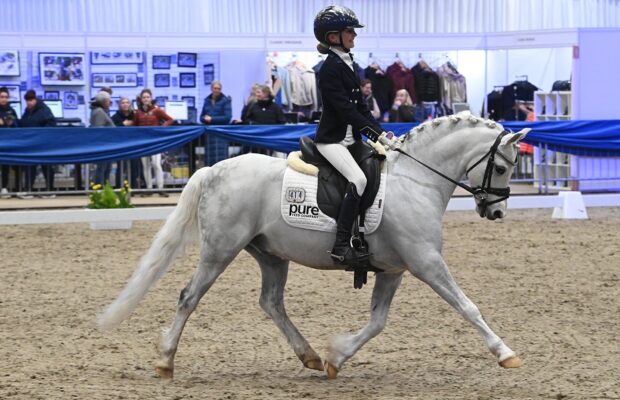First introduced to international competition at Goodwood in 1979 and then compulsory at the Olympics since 1996, the freestyle (or kür) was an instant hit. It’s now possible to contest freestyle to music from intro upwards.
We all love to watch it, but should more of us try it? How hard is it to construct a test to music and does it benefit or overface less expert combinations?
“Anyone can do it,” says Jennie Loriston-Clarke, who has ridden to music and taught others how to since those early days.
“It’s nice to ride a pattern that you have designed to enhance your own horse’s way of going and if you get into a good rhythm with the music it helps your riding.”
If you’re keen to give it a go, take a look at our freestyle dos and don’ts
DO
✓ Choose music that fits the tempo of the horse’s footfalls and that matches his personality.
✓ Practise. Know your music really well, then you can adapt it to changing circumstances — you need room for manoeuvre.
✓ Leave room for mistakes. If you go wrong you can make it up as you go along — the judge doesn’t know what you were planning.
Continued below…

25 signs you’re an incurable dressage diva/divo
Does seeing female competitors without hairnets make your stomach do a little flip? And is all your kit patent or
✓ Make your floorplan interesting but clear, so the judge can see what movements you are attempting. Draw it on a piece of paper to see if it looks balanced.
✓ Label your CD clearly and have spares — you can borrow a bridle but not someone else’s music!
✓ Look at BD’s guidelines for judging dressage to music on their website. They are notes for judges, but are very detailed and tell you exactly what judges are looking for.
DON’T
✗ Make your freestyle look like an existing test — it’s your chance to do it differently.
✗ Use non-compulsory movements like rein-back that stop the flow of the pattern.
✗ If things go wrong, don’t chase the music — cut corners or use a shorter route across the diagonal.
This article was first published in H&H Ask The Trainer (Summer 2014)



